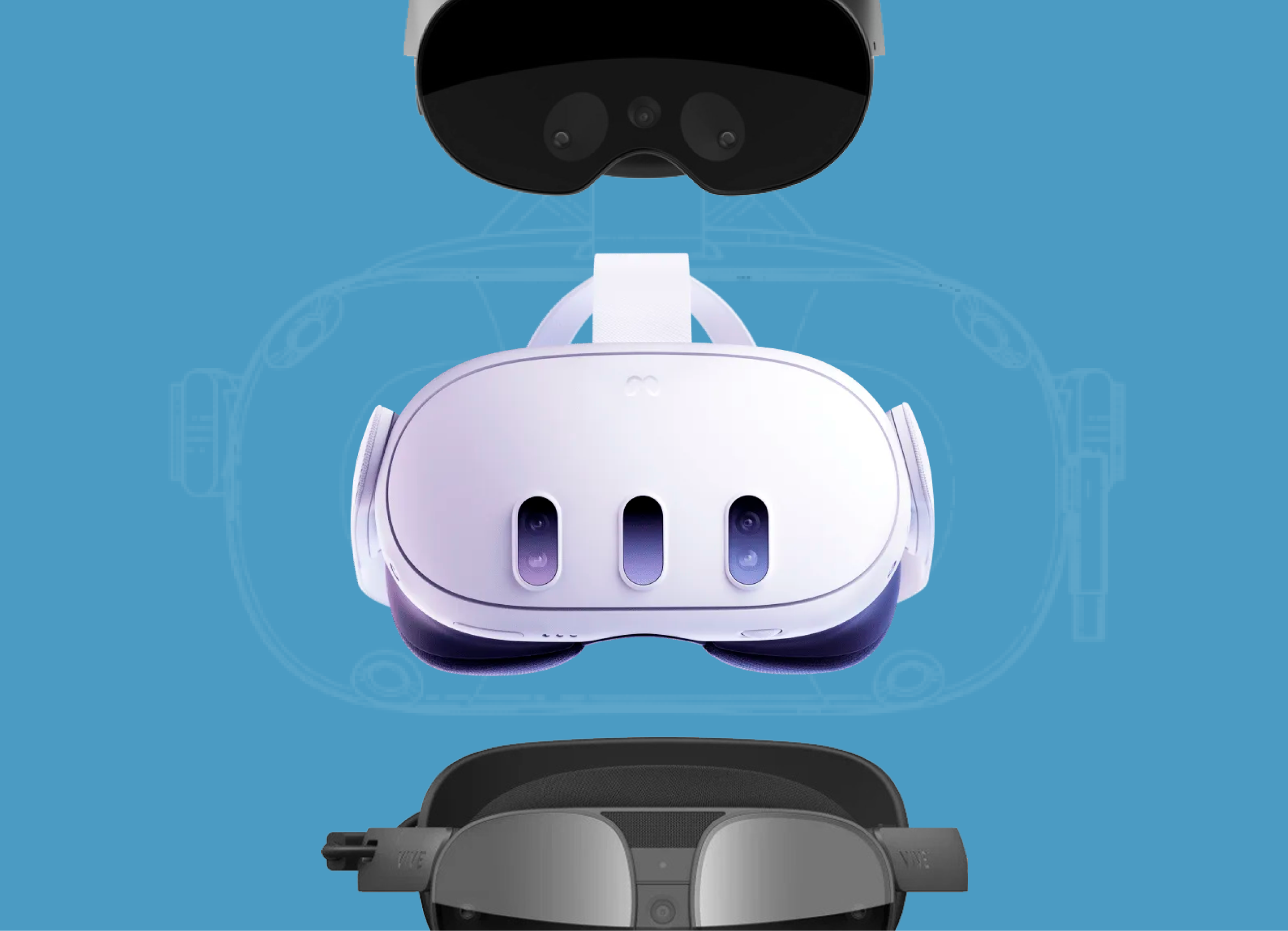
Dental education is a demanding discipline, requiring students to develop precise manual dexterity, particularly in preclinical restorative dentistry. In the past, students have been trained using conventional phantom heads or mannequins, offering a simulated but less tactile experience for practising procedures.
However recent advancements in haptic feedback technology have transformed preclinical dental education, providing a more immersive and tactile training experience!
The Importance of Haptic Feedback in Dental Education
In dental education, the development of psychomotor skills is paramount. Dental students must hone their manual dexterity to perform procedures with precision and efficiency. Traditionally, students have trained on phantom heads, but these models lack the realistic tactile sensations experienced during real clinical procedures. Furthermore, the use of plastic teeth in these training models not only fails to replicate the natural variability of real teeth but also raises environmental concerns due to plastic waste. Obtaining natural human teeth for training purposes is also challenging due to ethical constraints.
Haptic feedback technology has emerged as a game-changer in dental education. Haptic devices, such as Simodont, provide realistic tactile force feedback, allowing students to practice procedures on virtual patients. This technology offers several advantages:
- Realistic Sensations: Haptic technology simulates the resistance and pressure experienced in real clinical settings, enhancing students’ motor skills, hand-eye coordination, and dexterity.
- Safe and Controlled Environment: Haptic-based training allows students to practice dental operations indefinitely in a safe and controlled environment without the risk of harming a living patient.
- Personalized Feedback: The technology can provide personalized feedback to students, helping them identify areas where they may be applying too much or too little pressure and deviations from the proper trajectory.
Limitations of Conventional Phantom Head Training
Despite the advantages of traditional phantom head training, it has several limitations:
- Lack of Realistic Tactile Sensations: Phantom heads do not provide the tactile feedback experienced in real clinical settings, which can hinder students’ skill development.
- Environmental Concerns: The use of plastic teeth in phantom heads leads to plastic waste, contributing to environmental issues.
- Limited Reproducibility: Real patient procedures are not repeatable for practice, limiting students’ exposure to various clinical scenarios.
Read also: Empowering Doctors And Patients: How Augmented Reality Transforms Healthcare
How VR and AR Address These Limitations
Haptic feedback devices, when integrated with VR and AR technologies, offer solutions to the limitations of traditional training methods:
- Realistic Tactile Sensations: VR and AR technologies create immersive virtual environments that replicate real clinical scenarios, enhancing the realism of training.
- Personalized Learning: These technologies allow for personalized feedback and performance evaluation, enabling students to identify and correct errors in real-time.
- Unlimited Reproducibility: VR and AR enable students to practice procedures repeatedly in diverse and realistic scenarios, ultimately improving their clinical competence.
The integration of haptic feedback technology in dental education, especially when combined with VR and AR, has revolutionized preclinical training for dental students. It addresses the limitations of traditional training methods by providing realistic tactile sensations, personalized learning, and unlimited reproducibility!



